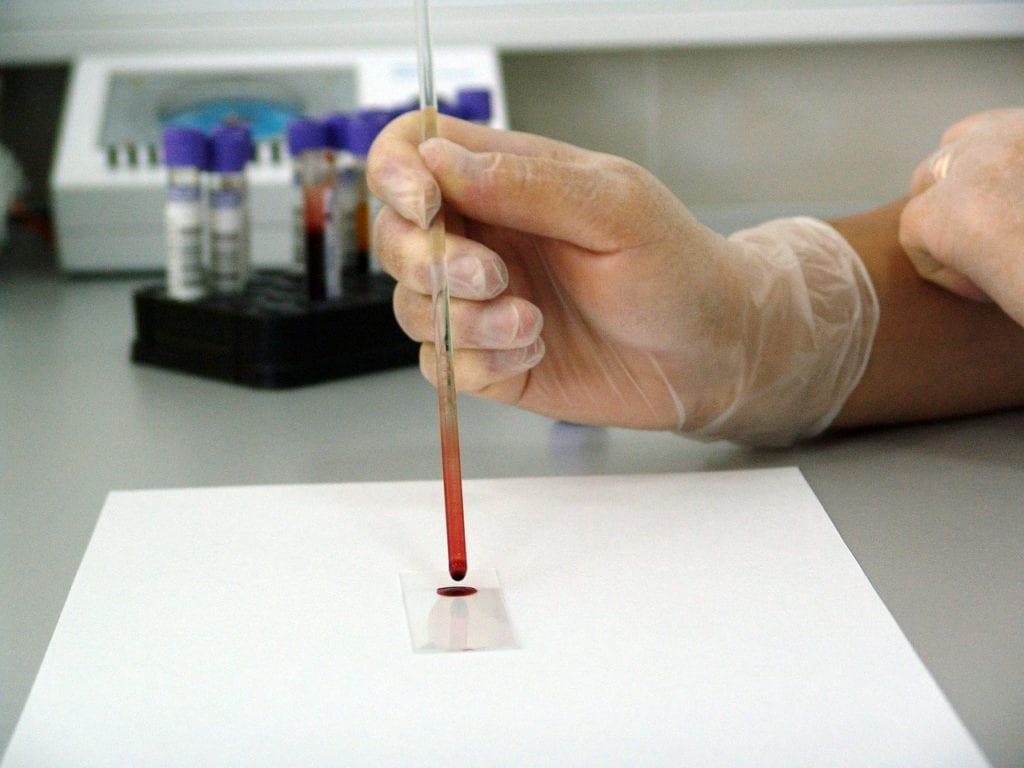According to a story from Mizzou News, Chris Lorson, who is the associate dean for Research and Graduate Studies at the school’s College of Veterinary Medicine, recently earned four grants totaling $1 million in funding which will go towards research focusing on spinal muscular atrophy (SMA), a rare progressive disorder. He is also an investigator associated with the Christopher S. Bond Life Sciences Center. Some of his research will focus on a special variant of the disorder called spinal muscular atrophy with respiratory distress type 1 (SMARD1).
About Spinal Muscular Atrophy (SMA)
Spinal muscular atrophy is a type of neuromuscular disorder in which the motor neurons are destroyed, leading to muscle wasting. Without prompt treatment, the disease is lethal in many cases. This disorder is linked to genetic defects of the SMN1 gene. This gene encodes a protein called SMN, and when not present in certain amounts, neurons are unable to function. There are different kinds of spinal muscular atrophy that are categorized by when symptoms first appear. These symptoms may include loss of reflexes, muscle weakness and poor muscle tone, problems with feeding and swallowing, developmental delays, respiratory muscle weakness, tongue twitching, and a bell shaped torso. The most effective treatment currently available for the disease is called Zolgensma. To learn more about spinal muscular atrophy, click here.
About Spinal Muscular Atrophy With Respiratory Distress (SMARD1)
Spinal muscular atrophy with respiratory distress type 1 (SMARD1) is a much rarer form of the disorder that is linked to mutations affecting the IGHMBP2 gene. This type is characterized by rapidly progressing weakness affecting the respiratory muscles and muscle weakness affecting the limbs. It is usually fatal in early childhood. Learn more about this form here.
Half of these grants are geared towards developing new gene therapy approaches for the disorder. Another grant focuses on using a swine model to test a potential treatment for SMARD1. Lorson hopes that a swine model, which shares closer similarities with humans than a typical mouse model, will lead to a more applicable and effective treatment. The last grant will focus on attempting to expand treatment options by testing a small molecule alongside a drug developed by the company Shift Pharmaceuticals.








